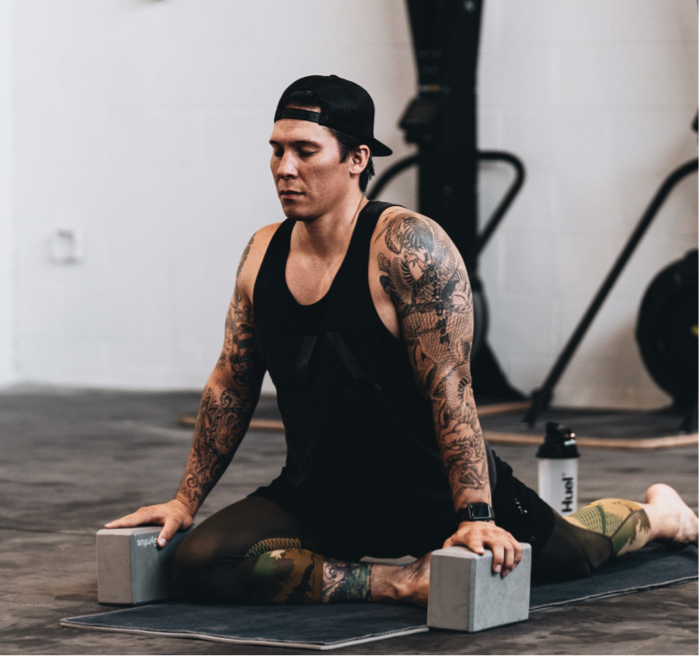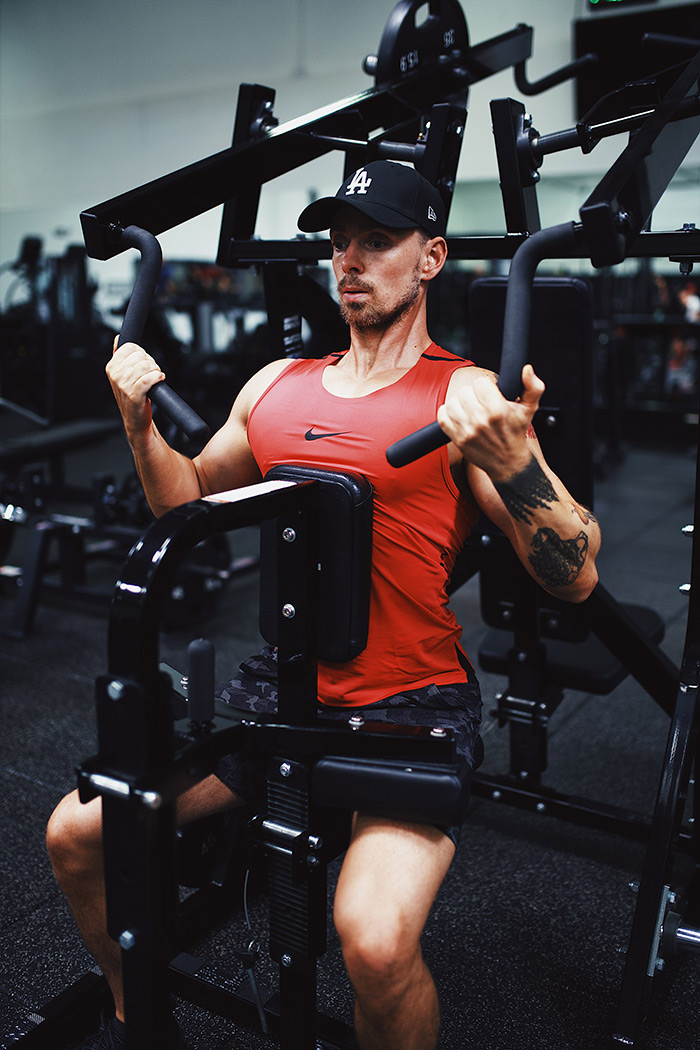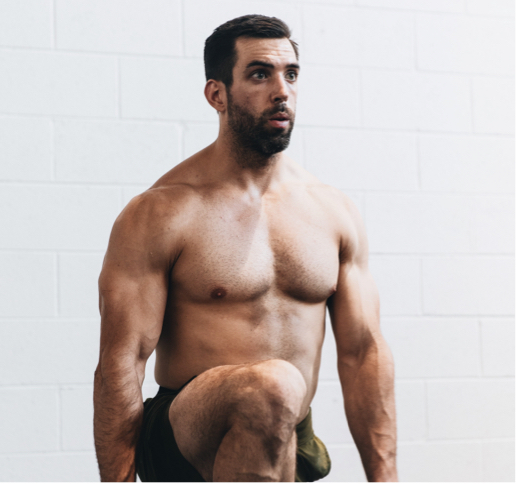The new hot topic of discussion, or maybe it is old by now, is stretching. This was the traditional way to prepare for an athletic event. But now I am here to say this is not a good way to prepare. Why do we do it? Because the physical education teacher taught the students to stretch, so then when they became coaches and gym instructors they taught their students and athletes to stretch. There was very little scientific analysis conducted on what actually happens when you stretch or why it was deemed so important.
Firstly, the goal of stretching is to lengthen the muscle. The way to lengthen a muscle is to get it to relax. Then you can just move it to the new lengthened position freely. Stretching does not do this. I will explain.
As a muscle is moved into the lengthened position the muscle spindle (a sensory receptor in the muscle) will start to fire. Simply, the muscle spindle will cause the same muscle to contract. So now we have a contracting muscle. Above I wrote the way to lengthen a muscle is to get the muscle to relax and then move it to a lengthened position. However, in this case we have a contracting muscle. Unfortunately there is another problem. Because this contraction comes from the muscle spindle, without the help of the brain, the contraction stimulus is very light. A light stimulus causes a light contraction. So what happens is the force created from the stretch easily can overwhelm the light contraction of the muscle spindle and it starts to shunt away from the muscle. It first travels along the muscle, then to the tendon, then to the junction of the tendon and bone, then on to the joint and surrounding muscles. Force that is transferring to an area it does not belong in will start to damage the area. So, slowly, as you are stretching you are weakening your tendons, insertion points, and surrounding structures. This is a problem. You are actually preparing your body to become injured.
Interestingly, some actual stretching of the muscle occurs, but this is not what you think. This type of stretching is called creep. The lengthening in the tissues occurs due to deformation of muscle fibres rather than improvements in elasticity. What happens is similar to pulling on a wet rag. The water gets squeezed out. So stretching will also dehydrate the tissue of the muscle, further reducing the ability of the contraction to take place. To take this simplistic analogy one step further, have you ever tried stretching a dried out old elastic band? It tends to snap rather quickly.
Third, following the stretching routine there is a refractory period. This is a period of time where muscle activation is delayed and inhibited. So, if the muscle was passively contracting during the stretch, guess what happens after the stretch? Limited and poorly timed contraction occurs. This means, while you are trying to run and jump, your contractions are actually less than what they would have been if you didn’t stretch. This is a problem because it decreases your ability to create and absorb force, so the force can again transfer to surrounding tissues causing injury.
I have seen a number of studies in the last 10 years looking at balance and performance. I have found in the elderly there is a large increase in the percentage chance of falling after stretching. Also the performance of sprinters, power athletes and games players were drastically decreased following a stretching routine.
So, is stretching bad?
Not really, there are some good parts to it. Like the amount of sensory feedback it can create into the spinal cord to activate the brain. This is why you stretch in the morning to help wake up. Or, we can use it for therapy to activate a weak part of the brain.
But for athletic preparation it is not the best tool. Some people try different techniques such as contracting the quad violently while moving the hamstring into a lengthened position, PNF stretching, or ballistic stretching. These techniques are better. They take advantage of the normal inhibitory reflexes which help the muscle relax. After all, the key to precision movement, speed and efficiency lies in the ability for one muscle to contract while the opposing muscle is completely relaxed. All mammals have a reflex specifically designed for this sole purpose.
Instead of stretching why not do an exercise designed to create force in the most lengthened muscle position possible?
A better way to prepare for an athletic event is to do an isometric exercise. Think of a position that will lengthen the muscle you want make longer. Then hold that position while contracting the lengthened muscle at maximum. Hold this position for as long as you can maintain the position and contraction. The benefit of this exercise is that using the brain to contract the muscle, as well as the muscle spindle reflex will create enough contraction to absorb the force entering into the muscle. None of the force will transfer into the tendon or surrounding tissues. We are also training the muscle to work in this position. This mechanism will re-set the homeostatic position of the muscle, not to mention it is an active technique which will increase the blood flow for fuel supply, as well as warm the neuromuscular junction. These are very beneficial things with regards to maximising performance from any warm up.
This methodology can also be used in a cool down. After a dynamic cool down, isometrics targeting the involved musculature can create a pump effect on the small capillaries within the muscle. Further, lengthening out the muscles helps flush and recover the muscles for the next day.
If you would like more information on how to recover fast from injury please email your questions to:





